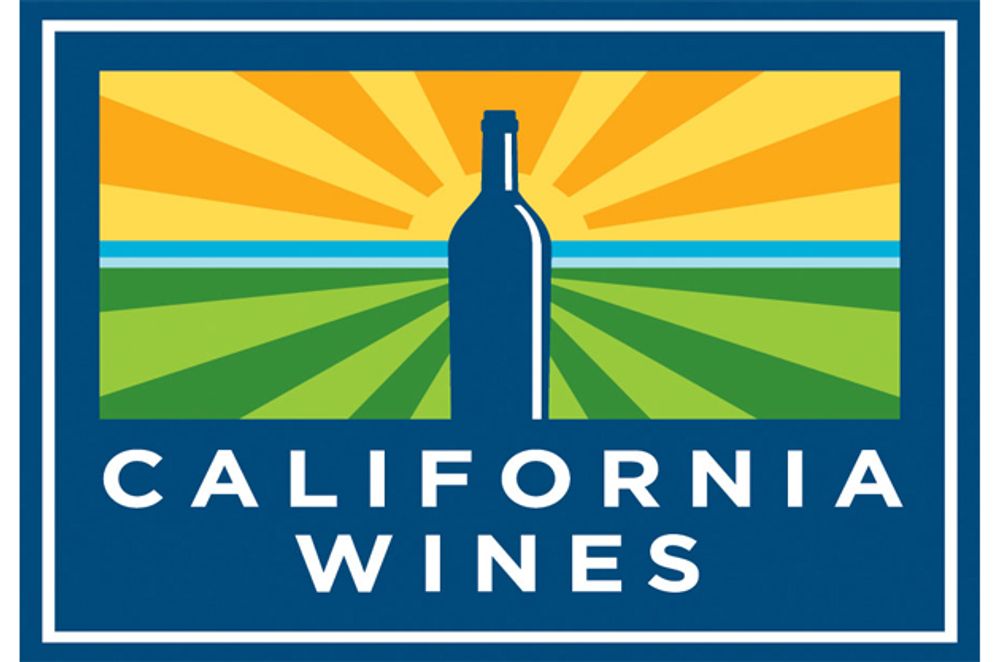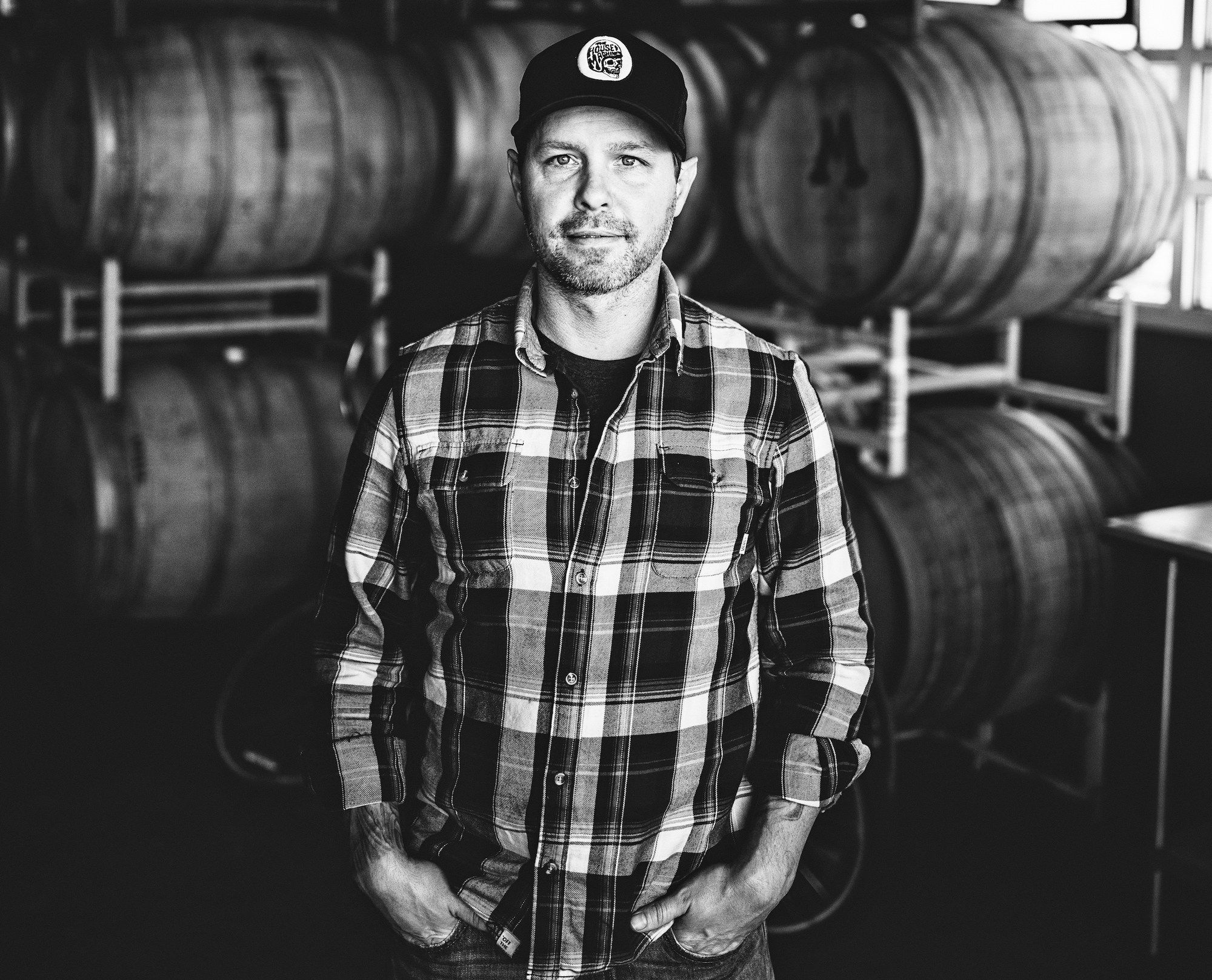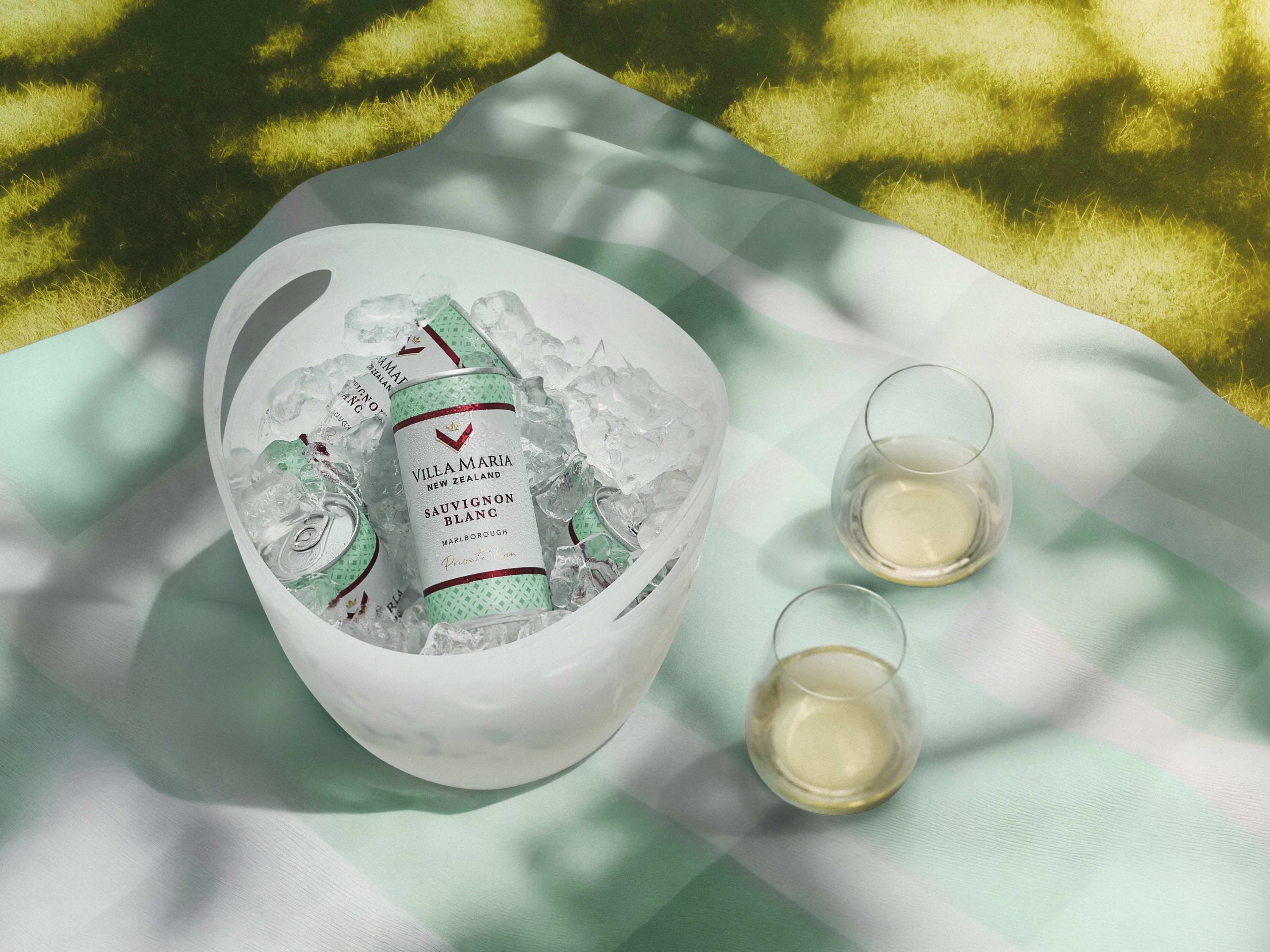California is in a very interesting place right now, argues Dean, at the crossroads between its diverse viticultural history and almost limitless viticultural potential.
All of us in the wine business should be aware by now that there is a New Wave of winemaking happening in California right now. Apart from South Africa it is hard to think of a winemaking region where such a transformation is upsetting the hegemony of the dominant winemaking culture with such speed.
For sure it is the lack of Old World rules and regulations in California that has helped facilitate an explosion of exciting wines that dare to be different, using almost every possible configuration of grape varieties and winemaking techniques to turn them into finished and unfinished wines. But here the difference with South Africa is felt – California’s more diverse historical immigration make-up means that there are more than 110 different varietals from all corners of the globe, with history and old vines tracing back to original settlers.
You name it you can find it here – a still white wine made from 40 different German varietals? Counoise? A sparkling Grüner/ Verdelho? It’s all here … it’s a sommelier’s wet dream.
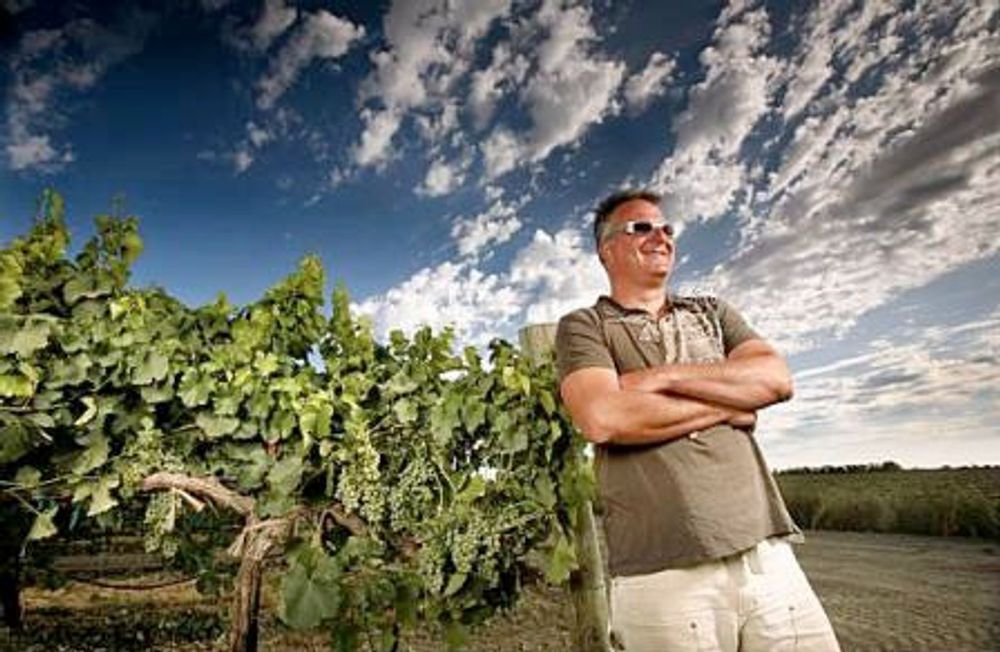
Abe Schoener: at the vanguard of the natural wine movement in New Wave California
There’s a genuine sense of liberation going on – a viticultural version of the Summer of Love if you like – “You thought California was over-extracted Cab Sauv from Napa? Think again. You thought California was butter-on-toast Chardonnay? Think again.”
Quite apart from the sheer joy, fun and serious appreciation on offer through these New Wave California wines it is the speed with which this is happening that is remarkable.
There are a number of reasons for this.
First, because this new generation of winemakers is often largely dependant on bought-in fruit it means they can be up and running and making their own wine very, far quicker than if you are planting your own vines.
Second, California is a fruit bowl; droughts apart, the quality of the grapes grown here is so good that it means that winemakers can be more daring (with non-intervention, say) than if the fruit was only of so-so quality.
Third, regions that previously had been dismissed or overlooked (Lodi, Paso Robles) are proving to be excellent in the right places and hands and with the right form of agriculture.
Fourth, winemakers have an enormous amount of freedom – assistants at established wineries are allowed to have their own side projects and winemakers branching out on their own often have the full blessing and assistance of their mentors.
Fifth, there is already a tradition of Californian pioneers and mavericks to learn from – winemakers that have for long been ploughing their own furrow and are influencing the new generation. Winemakers such as Cathy Corison, John Konsgaard and Steve Matthiason to name just a few have been making wines according to their own vision and taste for the past 20 years and more and their influence can be seen on this latest generation of New Wave California winemakers. They are allowing the terroir to express itself through more sympathetic agriculture, earlier picking and intervening less in the winemaking process.
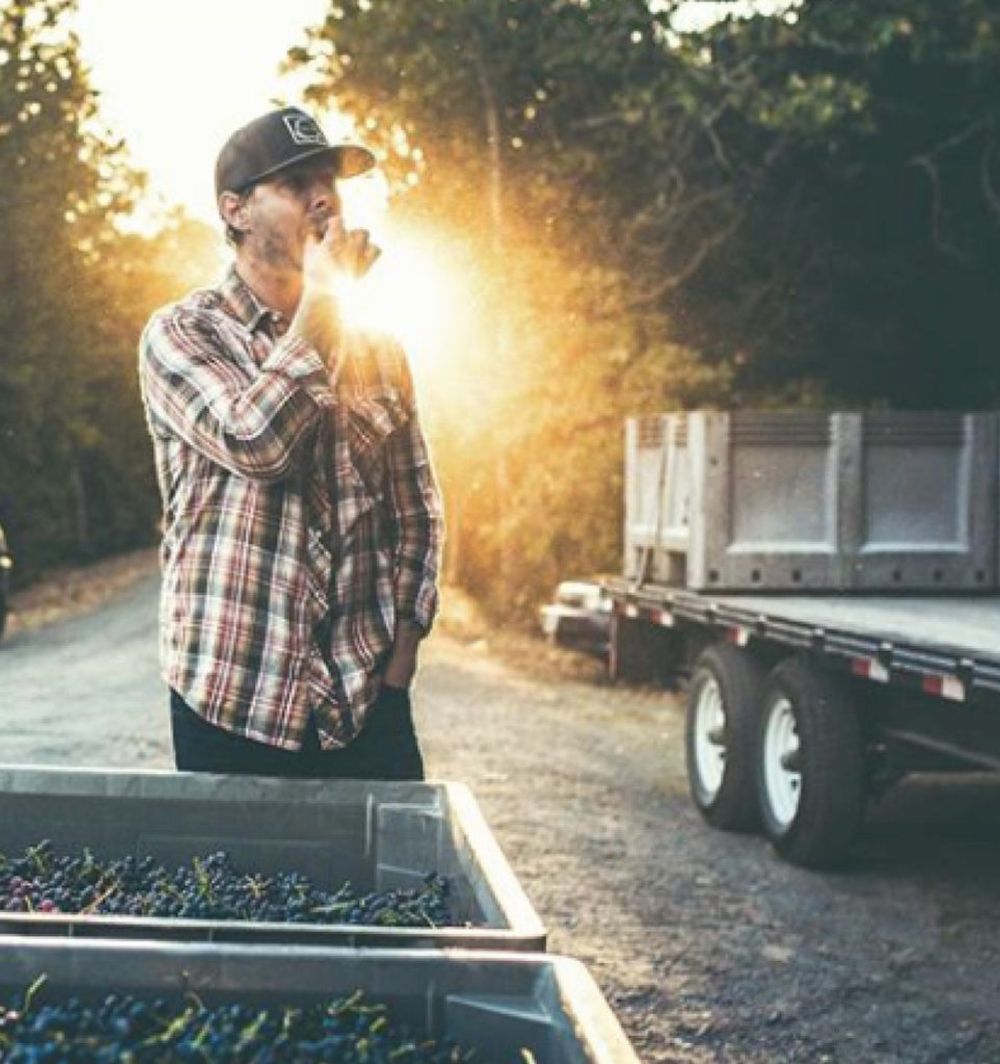
Scott Schultz: one of the top winemakers to keep an eye on at Jolie Laide
It’s refreshing to think that these more established winemakers have been making wine they believe in and the market has found them, rather than vice versa with them chasing the market… and the scores.
If, as one suspects, the impact of Parker Points starts to wane following his retirement, more and more winemakers will be making wines that are more restrained and classically balanced – certainly less worked – and there will be an even greater plethora of New Wave wineries to be a stagiaire for, and so the cycle will continue.
California is in a very interesting place right now – at the crossroads between its diverse viticultural history and almost limitless viticultural potential. There is the weird, the wacky, the more traditional and the very well made.
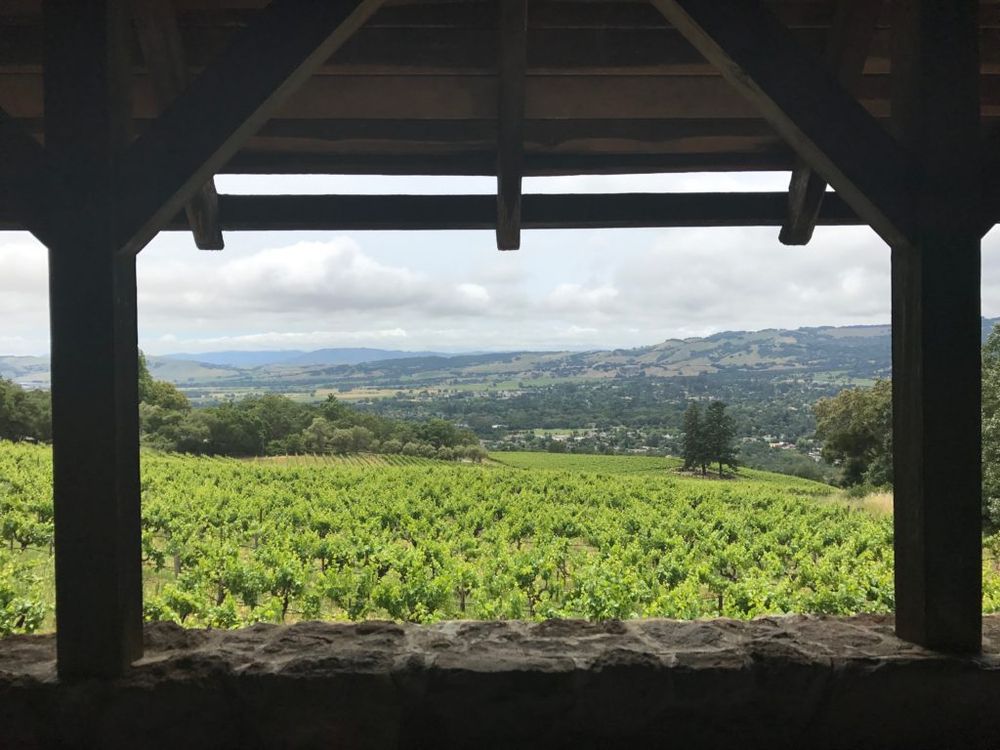
The new wave of winemaking still has one foot in California’s rich viticultural heritage: Hanzell Winery, Sonoma County, a view of North America’s oldest Chardonnay vineyard
Price-wise, wines of real quality are never going to be bargains from California but they can be great value – and in this camp look out for the Pinot Noir and Chardonnay that is of a very high standard and can actually seem less expensive now than equivalents from Burgundy.
It is also refreshing to see wines such as Convexity Cabernet Sauvignon from the Long Term Wine Company and others like it where they are making Cabernet Sauvignon in a more old-fashioned style – less extracted and with lower alcohol – back in the day before fashions and critics dictated otherwise. They might not be getting 100 Parker points but then I’m not sure they’d really want them.
Below is a list of 10 New Wave California wines that serious wine buyers should be aware of. The fact that there are so many more exciting winemakers coming onto the scene here is testament to how rich and fast this region is becoming.

Trousseau Gris, 2017, Jolie-Laide
WHITE WINES
Blanc no.1, 2015, Ashes & Diamonds
Kashi Khaledi’s Napa-based winery describes itself as “a love letter to Napa Valley as it was when it took the world stage in the 1960s, revealing itself, along with Santa Cruz, as a geological wonderland capable of world-class wines.” Khaledi has assembledSteve Matthiason and Diana Snowden Seysses to help play out the vision with this white blend one of four wines Matthiason oversees, the other three by Seysses. Blanc no.1 is a Bordeaux white blend of equal parts Sémillon and Sauvignon Blanc, barrel-fermented and aged in 40% new French oak. There’s ripe orchard and stone fruit, Bramley apple with a thrilling streak of mineral texture at the core.
Prince in his Caves Sauvignon Blanc 2017, The Scholium Project
Honing his craft at Konsgaard, ex-philosophy professor Abe Schoener, has been at the vanguard of the natural wine movement starting to make wines in 2005 with skin contact, long, slow ferments and little or no use of SO2. Prince in his Caves is the winery’s calling card, a 100% whole bunch (no de-stemming), foot crushed, wooden puncheon-fermented Sauvignon Blanc. The wine varies a great deal year by year – 2017 is clear and pale, but with all the power and complexity, elegance and grace you may expect. These wines divide the critics, in 2012 Jancis Robinson noted “Mind and palate adjustment needed” and on subsequent tastings commented that they didn’t taste like anything else. The French Laundry and San Francisco were early champions.
Meresboden Grüner Veltliner, 2017, Tatomer
Graham Tatomer established his winery in 2006 based on old vine Germanic varietals he knew about in Santa Barbara after a number of years working both as an assistant winemaker at Emmerich Knoll in the Wachau and as a sommelier in California. It is his single vineyard Rieslings and Grüners that show his bright, fresh, linear style off best. Meresboden means ‘Ocean Soil’ and, although this is a blend of several small plantings, it is extraordinary in its racy, salty minerality.
Trousseau Gris, 2017, Jolie-Laide
Winemaker Scott Schultz continues to work alongside Pax Mahle at Wind Gap but the reaction to his wines under the Sebastopol-based Jolie-Laide label suggests he will soon be in his own spotlight. This pale pink Trousseau Gris is a case in point – extended skin contact with fruit from 40 year old vines, foot pressed, complex, tense, concentrated. The wine’s labels like many in the Californian New Wave are very cool indeed. Jolie-Laide is urban slang for a woman’s face that is attractive despite it having ugly characteristics fyi.

Eagle Point Ranch Counoise, 2016, Broc Cellars
RED WINES
Eagle Point Ranch Counoise, 2016, Broc Cellars
Chris Brockway set up this Berkley industrial unit-based winery in 2006 after working in an urban winery in Oakland. His wines are all made from organic and biodynamic-sourced fruit, hands-off and in a variety of fermenting vessels. There’s a real playfulness with his wines. His Love Red, White, Rosé quite rightly have many followers but to me this 100% Counoise (an old Rhône blending grape) is standout and a head-turner – dark, spicy, garrigue herbs with a real energy under the bonnet.
The Bear, 2016, Donkey & Goat
Counoise again is the star of this 7 Rhône varietal blend, bringing fresh, bright raspberry aromatics and added complexity to a medium bodied, textured wine that has a nice tension between sweet and savoury – beetroot, black tea notes as well as rich dark fruit. The fruit comes from two vineyards high in El Dorado in the Sierra foothills. 8-15 days skin contact in concrete and then spontaneous ferment and 10 months in old French oak. Jared and Tracey Brandt have been making wine in Berkeley since 2004, sourcing from sustainable vineyards around the state and abiding by ‘natural’ principles although they do use a minimal amount of sulphur at bottling.
Monkey Jacket 2017, Cruse Wine
Cruse is a small winery based in Petaluma and buying in grapes from a variety of vineyards across California. Michael Cruse was associate winemaker at Stormont, set up Ultramarine and then Cruse in 2013, being named winemaker of the year by the San Francisco Chronicle in 2016. This Carignan-dominant blend is an exciting textural, old-fashioned style Rhône wine with the Valdiguié, Carignan and Tannatall vinified separately in cement.Floral nose with a hint of reduction, bags of crunchy dark red fruit pinned onto tense, citrus acidity that gives it a tidy, clean finish. The tannins are ripe but need food I suggest.
La Neblina Pinot Noir 2014, Radio-Coteau
Radio-Coteau is a colloquial expression from the Rhône meaning ‘word of mouth’ and word has got out about how stunning their seven Pinots and Syrah are. Winemaker Eris Sussman spent time in Bordeaux and Burgundy (Comte Armand and Jacques Prieur) before working with Bonny Doon and then establishing Radio-Coteau in 2002. The North East-facing vineyards of Western Sonoma County and Anderson Valley are treated with Old World site selection. La Belina is their flagship Pinot – a blend of five coastal sites – 25% whole bunch, red cherries on the nose, black cherries on the palate with a hit of citrus on the finish.
Piedrasassi Santa Barbara County Syrah, 2017, Piedrasassi
Sashi and Melissa Moorman have been making wines from sites close to their bakery in Lompoc since 2003 – carbonic Sangiovese, skin-contact Sauvignon Blanc and this, one of a number of Rhône-inspired Syrahs. Sashi is co-owner of Domaine de la Côte and a winemaker with Raj Parr at Sandhi, all of which are producing some first rate Old World-emulating wines. This complex, savoury cool climate Syrah is one of a number of excellent New Wave examples. Sold on allocation and in the local farmers market alongside the couple’s bread, it has an honesty and a real sense of place in the winemaking.
Charbono, 2015, Calder Wine Company
Rory Williams, son of John Williams who establish Frog’s Leap with Larry Turley in the 1980s, is self-consciously going back to California’s past with his Calder winery. “I believe it tells its own unique version of what makes Napa, Napa.” Calder is a side project for Rory who still manages the vineyards at Frog’s Leap and has one foot in the past and one in the future. He was inspired by the 1940s single-bottled Charbono made by Inglenook, but also by the contemporary appeal of this Alpine grape that hails from the French Savoie region. The fruit seems to come from much older vines although they were planted in 2008 and have been organically dry-farmed since, with 25% whole bunch and barrelled for 30 months in 25% new French oak.
West Ridge Pinot Noir, 2016, Hirsch Vineyards
Because David Hirsch started planting vines down the Sonoma Coast in 1980, he cannot be considered to be New Wave per se, but it was his decision to start his own winery in 2002 and the subsequent methodology and style particularly under the guidance of Jasmine Hirsch that has singled the winery out as being one of the most exciting producers of cool climate Pinot Noir in California over the past 20 years. Hirsch are fine exponents of single site cuvées and as Jasmine says “West is best” – the oldest and most exceptional sites producing an elegant, complex wine that has the linear structure of the winery’s signature St Andreas Fault, but with more seductive veneer in the fruit.
- You can find out more about what is happening in the Californian wine scene at Wine Institute of California and if you want to find out more about the opportunities of working with Californian producers and other UK importers specialising in Californian wine then you can contact the UK office of the Wine Institute of California or email Justine McGovern, director UK & Ireland, on jmcgovern@wineinstitute.org.
